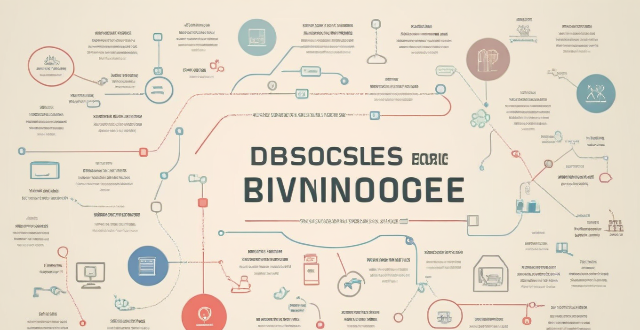The article discusses the differences between academic and non-academic writing in terms of purpose, audience, style, structure, and language features. Academic writing aims to convey complex ideas and research findings to a specialized audience using formal, objective, and precise language, while non-academic writing focuses on informing, entertaining, or persuading a general audience using informal, subjective, and general language. The structure of academic writing is rigid and includes detailed analysis and extensive citations, whereas non-academic writing has a flexible structure, narrative style, and limited references. Language features also differ, with academic writing using complex sentences, passive voice, and abstract concepts, while non-academic writing prefers simple sentences, active voice, and concrete examples.

Differences between Academic and Non-Academic Writing
Introduction
Writing is a fundamental tool for communication, whether it's in an academic setting or everyday life. However, the style, purpose, and audience of writing can vary greatly depending on the context. This article aims to explore the differences between academic and non-academic writing.
Purpose and Audience
Academic Writing
- Purpose: To convey complex ideas, theories, and research findings to a specialized audience.
- Audience: Scholars, researchers, and students within a specific field of study.
Non-Academic Writing
- Purpose: To inform, entertain, or persuade a general audience.
- Audience: General public with varying levels of knowledge and interest in the subject matter.
Style and Tone
Academic Writing
- Formal: Uses formal language and avoids contractions, slang, and informal expressions.
- Objective: Maintains a neutral tone to present facts and arguments objectively.
- Precise: Employs precise terminology and technical language specific to the field of study.
Non-Academic Writing
- Informal: Allows for contractions, colloquial language, and personal anecdotes.
- Subjective: Often includes personal opinions, emotions, and persuasive language.
- General: Uses simpler vocabulary and avoids jargon to make the content accessible to a broader audience.
Structure and Organization
Academic Writing
- Rigid Structure: Follows a strict format that typically includes an introduction, literature review, methodology, results, discussion, and conclusion.
- Detailed Analysis: Provides in-depth analysis of research findings and theoretical frameworks.
- Citations: Includes extensive references and citations to support claims and establish credibility.
Non-Academic Writing
- Flexible Structure: Varies greatly depending on the genre (e.g., blogs, essays, creative writing).
- Narrative Style: Often tells a story or presents information in a more engaging manner.
- Limited References: May include sources for support but not as extensively as in academic writing.
Language Features
Academic Writing
- Complex Sentences: Uses complex sentence structures to convey complex ideas.
- Passive Voice: Commonly used to emphasize the action over the actor.
- Abstract Concepts: Discusses abstract ideas and theories using specialized terminology.
Non-Academic Writing
- Simple Sentences: Prefers shorter, straightforward sentences for clarity.
- Active Voice: Typically uses active voice for a more engaging and dynamic tone.
- Concrete Examples: Often illustrates points with real-world examples and anecdotes.
Conclusion
While both academic and non-academic writing serve important roles in communication, they differ significantly in their purpose, audience, style, structure, and language features. Understanding these differences is crucial for effectively tailoring your writing to its intended context and readership.